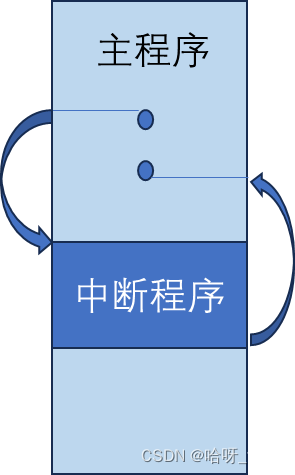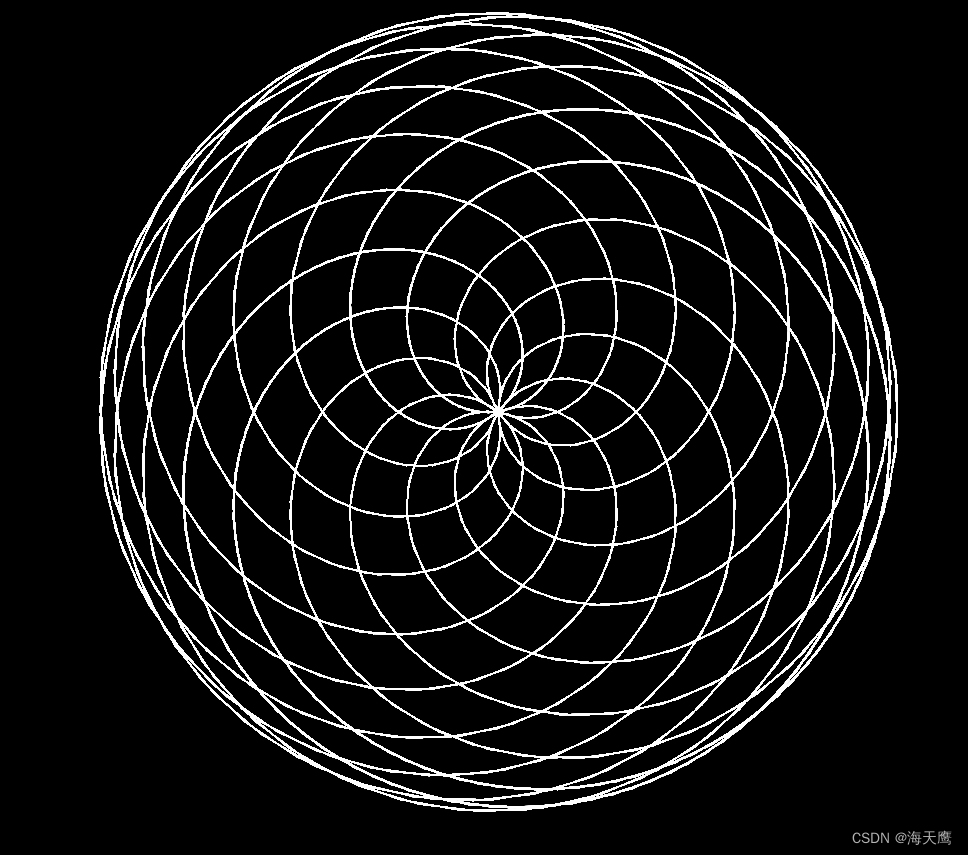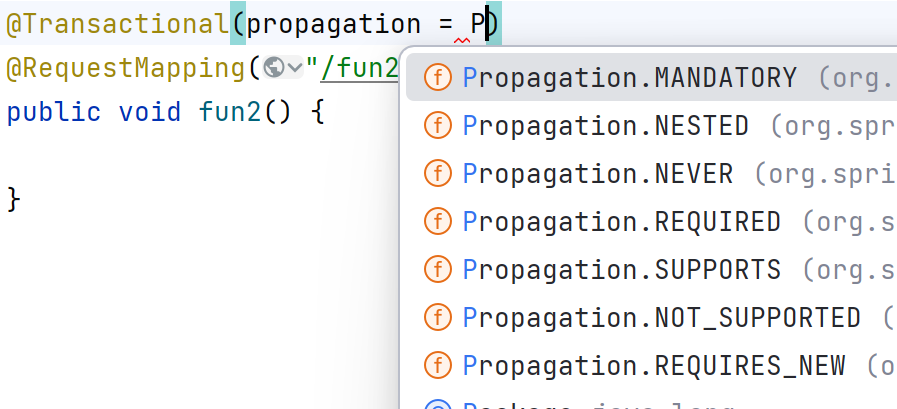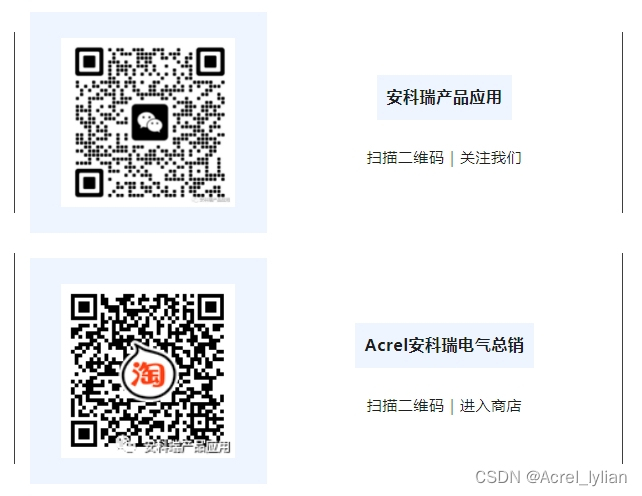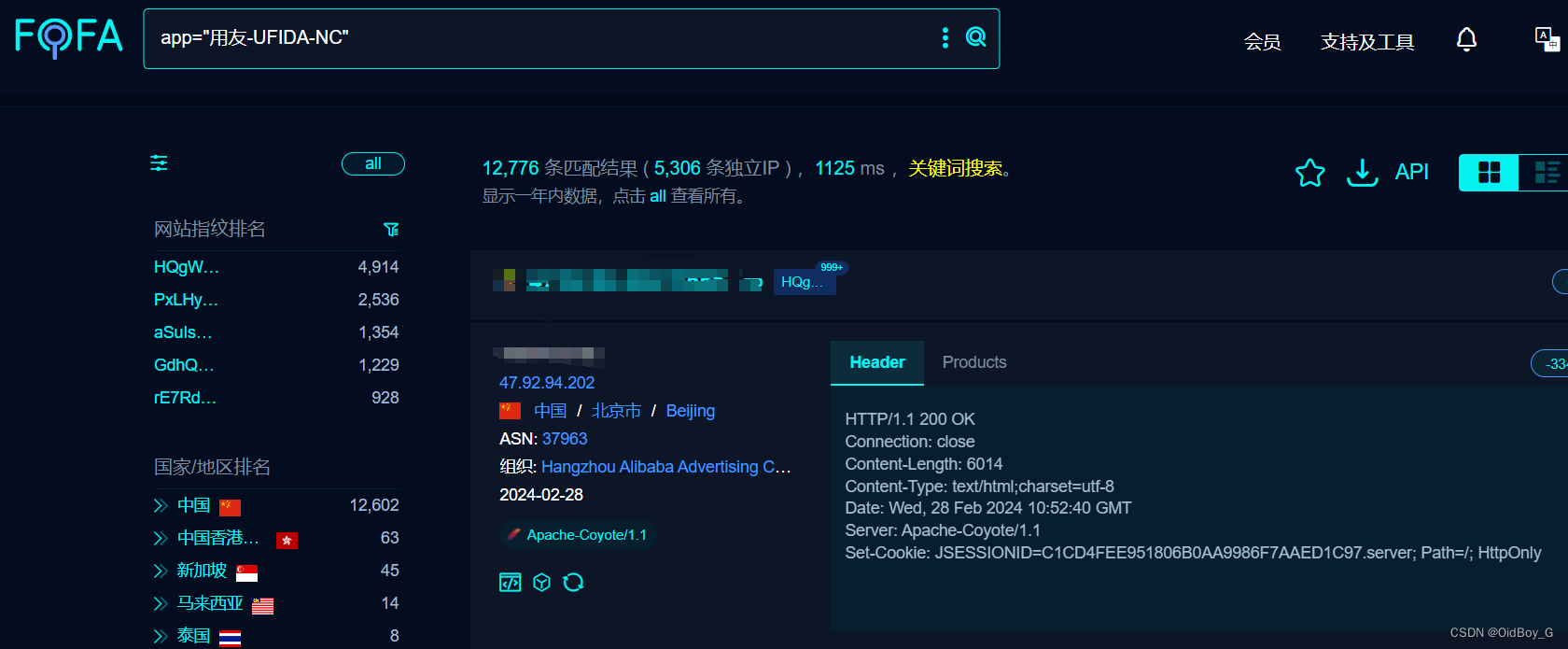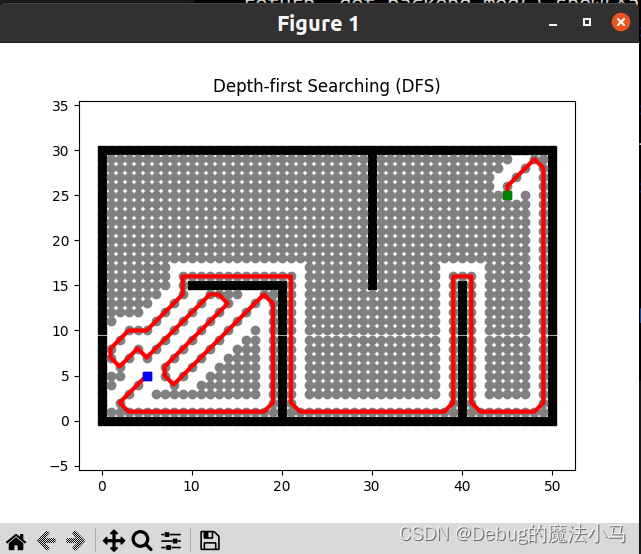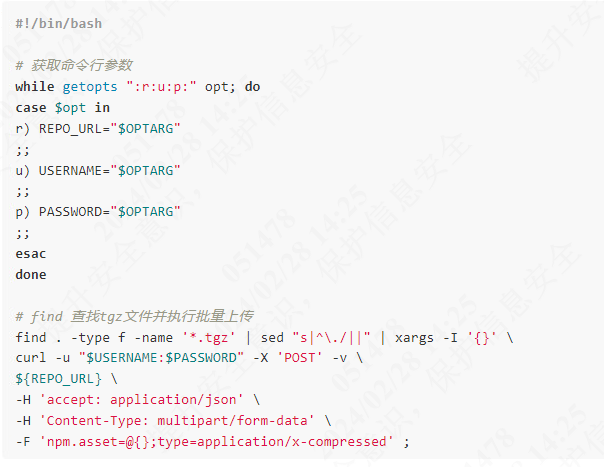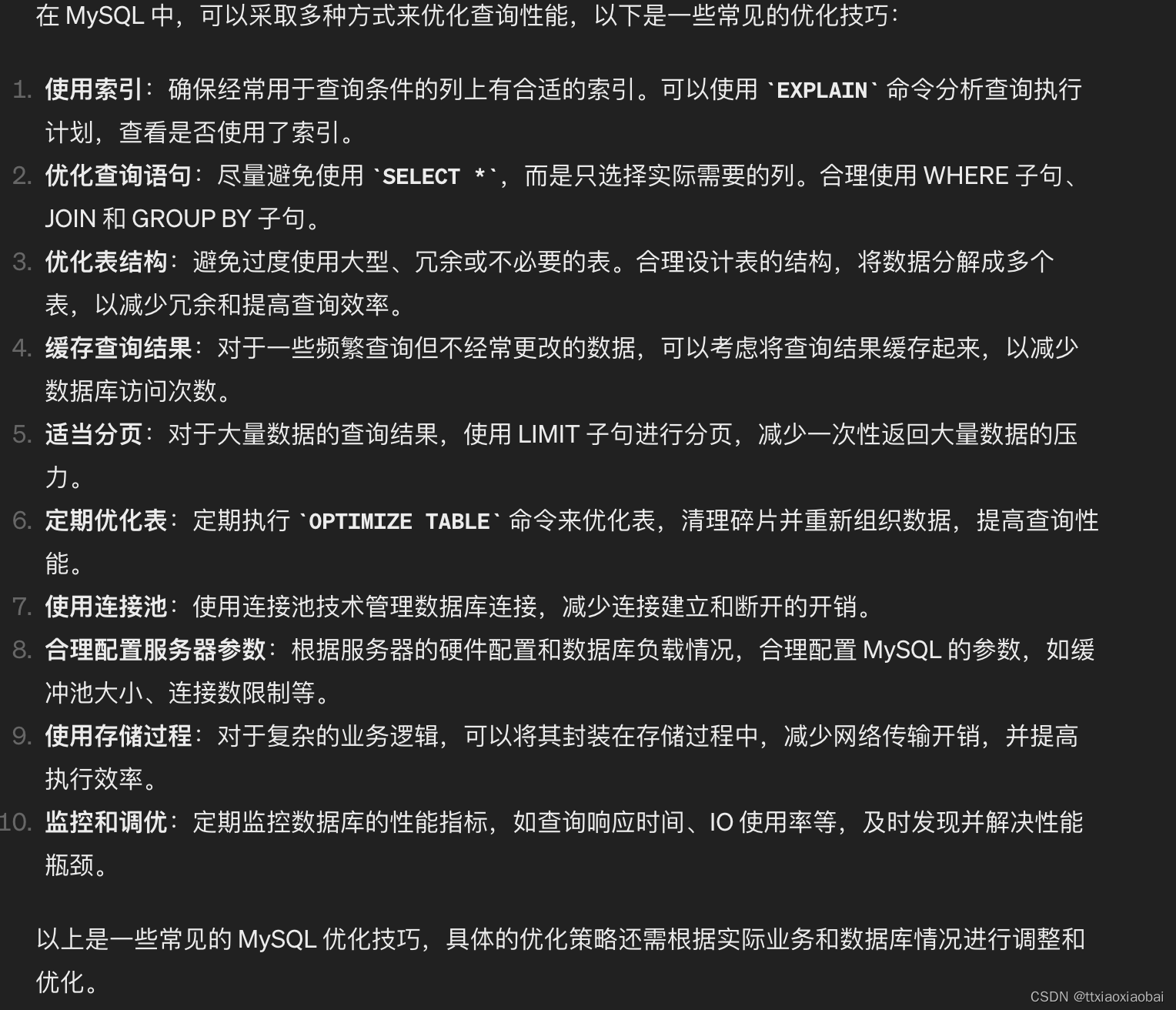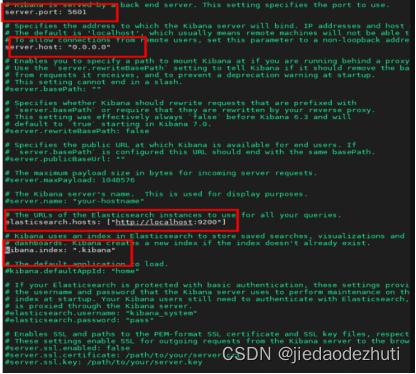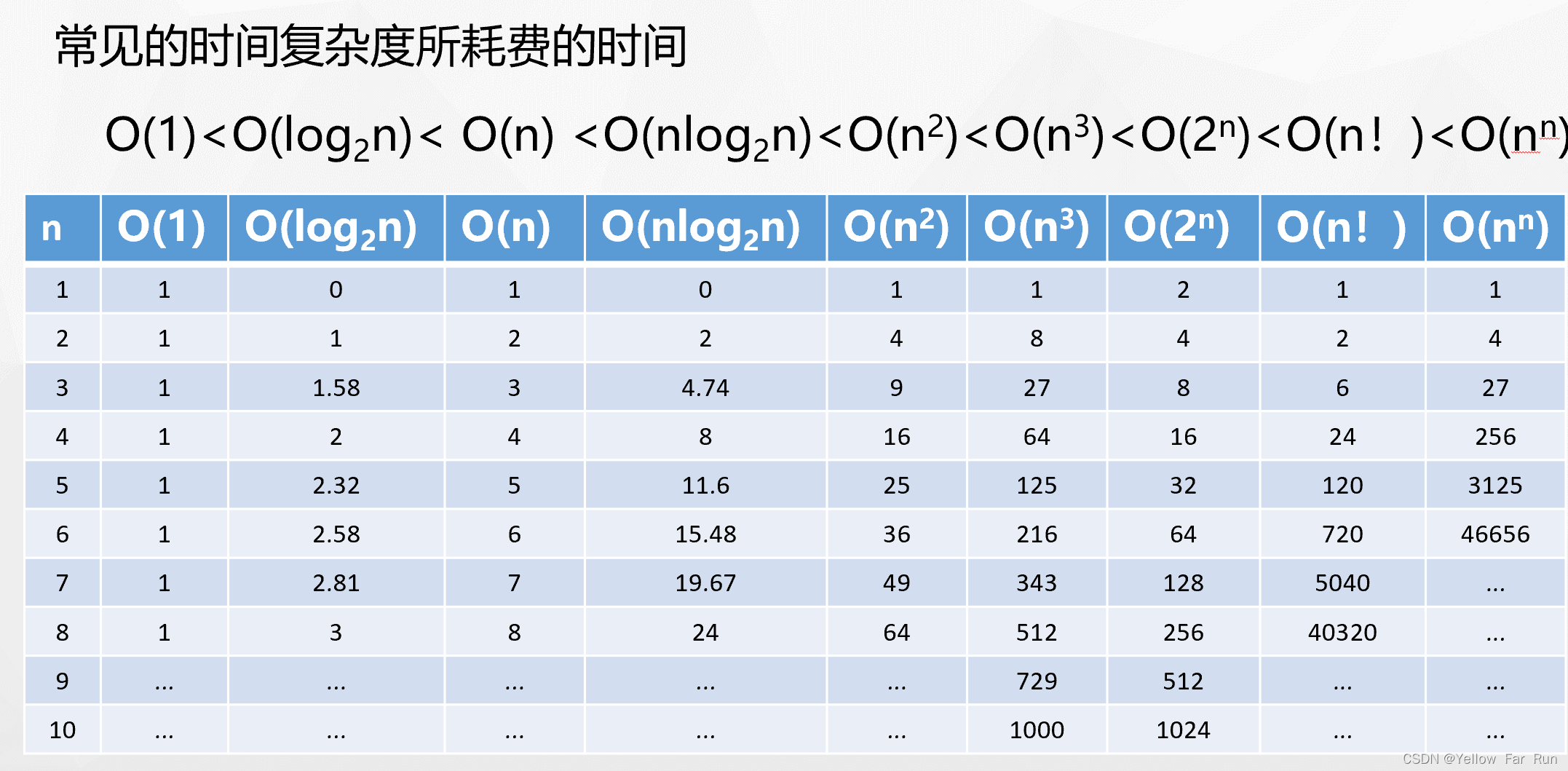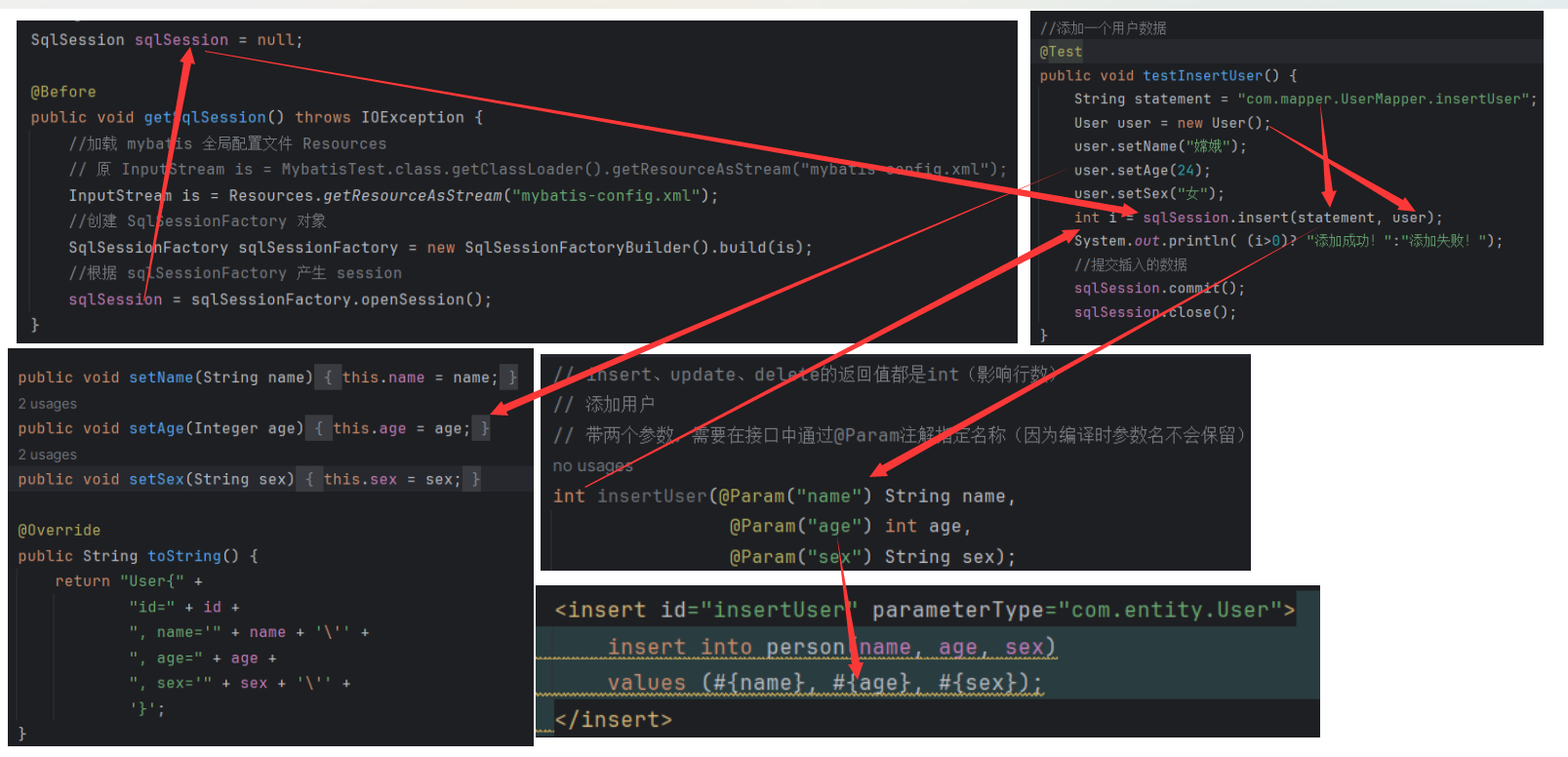opencv中两个LSD直线检测算法的区别与应用
同样是Line Segment Detector(lsd)算法,opencv中提供了两种实现,并且位于不同的模块。下面分别介绍它们的使用方法:
1. LineSegmentDetector
由于源码许可证问题 OpenCV 3.4.6-3.4.15、4.1.0-4.5.3中无法使用这个方法
使用该类检测直线并显示的代码如下:
import cv2
if __name__ == '__main__':
img = cv2.imread("test.jpg")
gray_img = cv2.cvtColor(img, cv2.COLOR_BGR2GRAY)
gray_img = cv2.GaussianBlur(gray_img, (3,3), 2.0)
#LineSegmentDetector
lsd = cv2.createLineSegmentDetector(refine=cv2.LSD_REFINE_NONE, scale=0.8, ang_th=35)
lines_detected, width, prec, nfa = lsd.detect(gray_img)
#lsd.drawSegments(img,lines_detected)
#绘制检测结果
for dline in lines_detected:
x0 = int(round(dline[0][0]))
y0 = int(round(dline[0][1]))
x1 = int(round(dline[0][2]))
y1 = int(round(dline[0][3]))
cv2.line(mask, (x0, y0), (x1,y1), 255, 1, cv2.LINE_AA)
cv2.imshow("Detected lines", img)
cv2.waitKey(0)
cv.destroyAllWindows()
c++示例代码如下(lsd_lines.cpp):
#include "opencv2/imgproc.hpp"
#include "opencv2/imgcodecs.hpp"
#include "opencv2/highgui.hpp"
#include <iostream>
using namespace std;
using namespace cv;
int main(int argc, char** argv)
{
cv::CommandLineParser parser(argc, argv,
"{input i|../data/building.jpg|input image}"
"{refine r|false|if true use LSD_REFINE_STD method, if false use LSD_REFINE_NONE method}"
"{canny c|false|use Canny edge detector}"
"{overlay o|false|show result on input image}"
"{help h|false|show help message}");
if (parser.get<bool>("help"))
{
parser.printMessage();
return 0;
}
parser.printMessage();
String filename = parser.get<String>("input");
bool useRefine = parser.get<bool>("refine");
bool useCanny = parser.get<bool>("canny");
bool overlay = parser.get<bool>("overlay");
Mat image = imread(filename, IMREAD_GRAYSCALE);
if( image.empty() )
{
cout << "Unable to load " << filename;
return 1;
}
imshow("Source Image", image);
if (useCanny)
{
Canny(image, image, 50, 200, 3); // Apply Canny edge detector
}
// Create and LSD detector with standard or no refinement.
Ptr<LineSegmentDetector> ls = useRefine ? createLineSegmentDetector(LSD_REFINE_STD) : createLineSegmentDetector(LSD_REFINE_NONE);
double start = double(getTickCount());
vector<Vec4f> lines_std;
// Detect the lines
ls->detect(image, lines_std);
double duration_ms = (double(getTickCount()) - start) * 1000 / getTickFrequency();
std::cout << "It took " << duration_ms << " ms." << std::endl;
// Show found lines
if (!overlay || useCanny)
{
image = Scalar(0, 0, 0);
}
ls->drawSegments(image, lines_std);
String window_name = useRefine ? "Result - standard refinement" : "Result - no refinement";
window_name += useCanny ? " - Canny edge detector used" : "";
imshow(window_name, image);
waitKey();
return 0;
}
2. cv::line_descriptor::LSDDetector
这个类在opencv_contrib中实现。源码目录结构示例如下:
如果c++编译opencv时未包含contrib模块;或在python中用pip安装了opencv-python而不是opencv-contrib-python,均无法使用该LSD直线检测方法。
python用户只管卸载opencv-python,安装opencv-contrib-python,前者是后者的子集。
pip uninstall opencv-python
pip install opencv-contrib-python
使用该类检测直线并显示的python代码如下:
import cv2
if __name__ == '__main__':
img = cv2.imread("test.jpg")
gray_img = cv2.cvtColor(img, cv2.COLOR_BGR2GRAY)
gray_img = cv2.GaussianBlur(gray_img, (3,3), 2.0)
#LSDDetector
lsd = cv2.line_descriptor_LSDDetector.createLSDDetector()
lines = lsd.detect(gray, 2, 1)
for kl in lines:#绘制检测结果
if kl.octave == 0:
# cv.line only accepts integer coordinate
pt1 = (int(kl.startPointX), int(kl.startPointY))
pt2 = (int(kl.endPointX), int(kl.endPointY))
cv.line(img, pt1, pt2, [255, 0, 0], 2)
cv.imshow('Detected lines', img)
cv.waitKey(0)
cv.destroyAllWindows()
c++示例代码如下(lines_extraction.cpp):
#include <iostream>
#include <opencv2/opencv_modules.hpp>
#include <opencv2/line_descriptor.hpp>
#include <opencv2/core/utility.hpp>
#include <opencv2/imgproc.hpp>
#include <opencv2/features2d.hpp>
#include <opencv2/highgui.hpp>
using namespace cv;
using namespace cv::line_descriptor;
using namespace std;
static const char* keys =
{ "{@image_path | | Image path }" };
static void help()
{
cout << "\nThis example shows the functionalities of lines extraction " << "furnished by BinaryDescriptor class\n"
<< "Please, run this sample using a command in the form\n" << "./example_line_descriptor_lines_extraction <path_to_input_image>" << endl;
}
int main( int argc, char** argv )
{
/* get parameters from comand line */
CommandLineParser parser( argc, argv, keys );
String image_path = parser.get<String>( 0 );
if( image_path.empty() )
{
help();
return -1;
}
/* load image */
cv::Mat imageMat = imread( image_path, 1 );
if( imageMat.data == NULL )
{
std::cout << "Error, image could not be loaded. Please, check its path" << std::endl;
return -1;
}
/* create a random binary mask */
cv::Mat mask = Mat::ones( imageMat.size(), CV_8UC1 );
/* create a pointer to a BinaryDescriptor object with deafult parameters */
Ptr<LSDDetector> bd = LSDDetector::createLSDDetector();
/* create a structure to store extracted lines */
vector<KeyLine> lines;
/* extract lines */
cv::Mat output = imageMat.clone();
bd->detect( imageMat, lines, 2, 1, mask );
/* draw lines extracted from octave 0 */
if( output.channels() == 1 )
cvtColor( output, output, COLOR_GRAY2BGR );
for ( size_t i = 0; i < lines.size(); i++ )
{
KeyLine kl = lines[i];
if( kl.octave == 0)
{
/* get a random color */
int R = ( rand() % (int) ( 255 + 1 ) );
int G = ( rand() % (int) ( 255 + 1 ) );
int B = ( rand() % (int) ( 255 + 1 ) );
/* get extremes of line */
Point pt1 = Point2f( kl.startPointX, kl.startPointY );
Point pt2 = Point2f( kl.endPointX, kl.endPointY );
/* draw line */
line( output, pt1, pt2, Scalar( B, G, R ), 3 );
}
}
/* show lines on image */
imshow( "LSD lines", output );
waitKey();
}
3. 区别与应用
这两种LSD实现的处理结果基本一致,但是获取检测到的直线的端点坐标的方式有所不同:
前者的直线检测结果是numpy array类型,每个直线由4个浮点数表示(x1, y1, x2, y2);后者的检测结果的直线类型,具有起点和端点成员变量,分别是(startPointX,startPointY,endPointX,endPointY),并且还具有直线的方向(角度)和长度成员变量。
具体从上面两个代码片段的可视化部分展示的清清楚楚。

